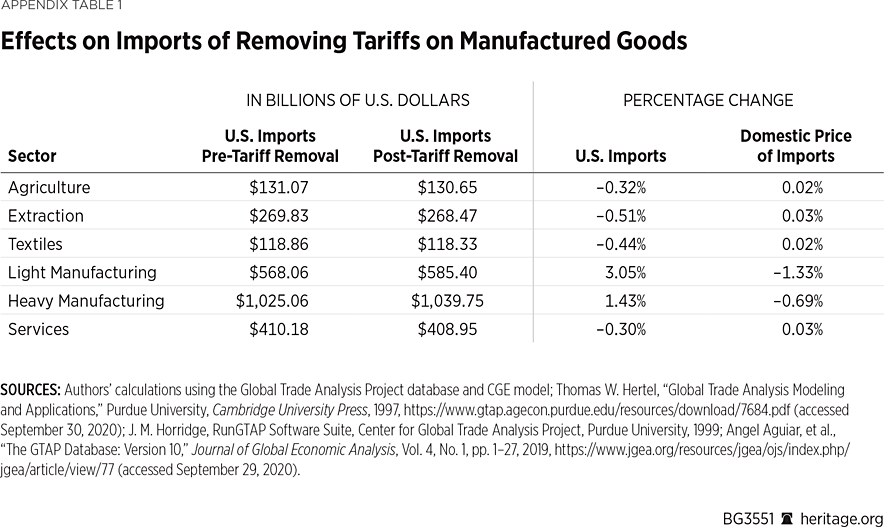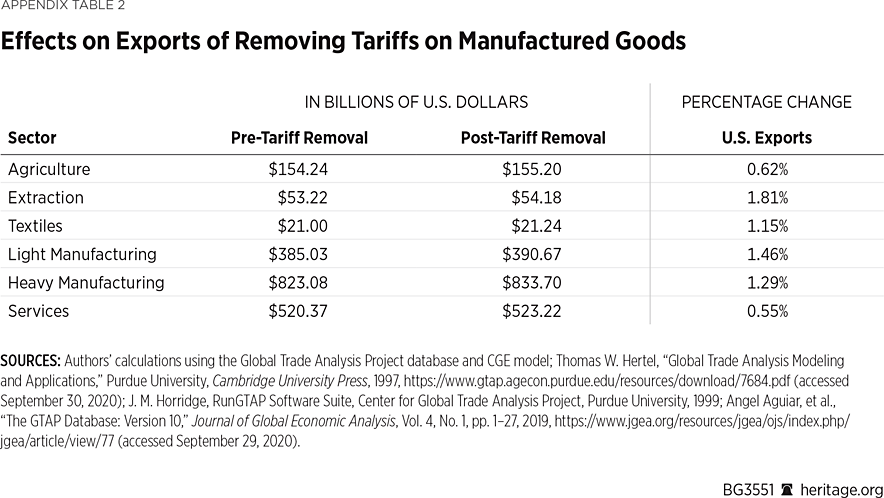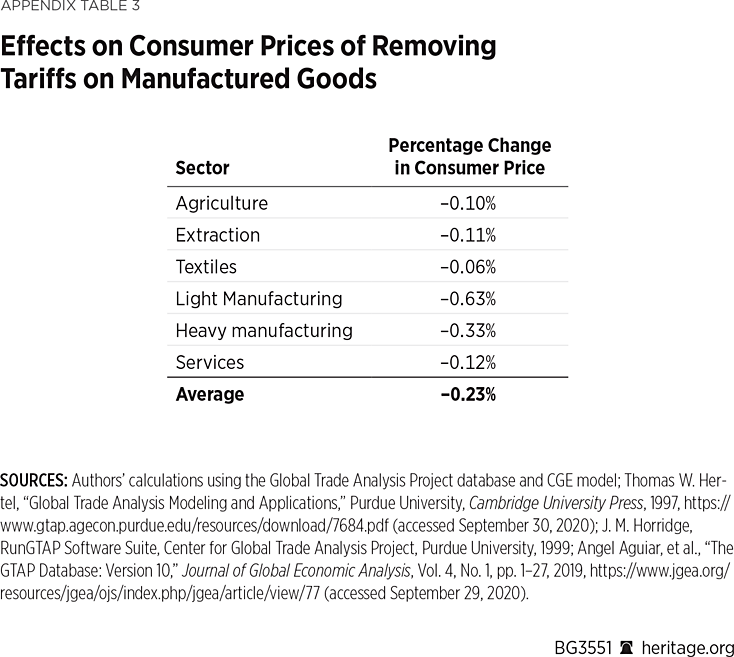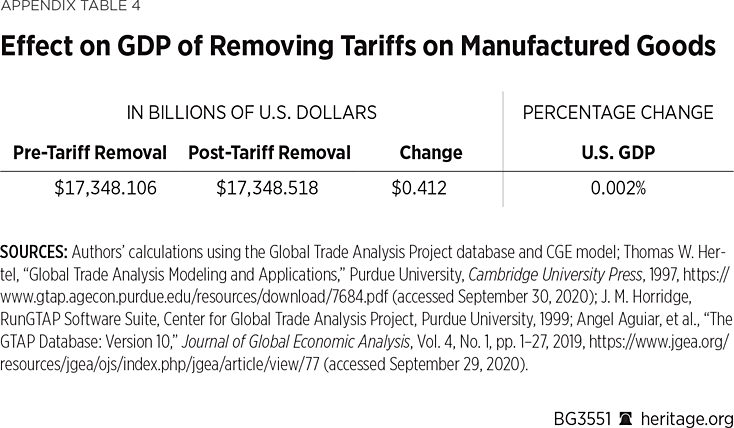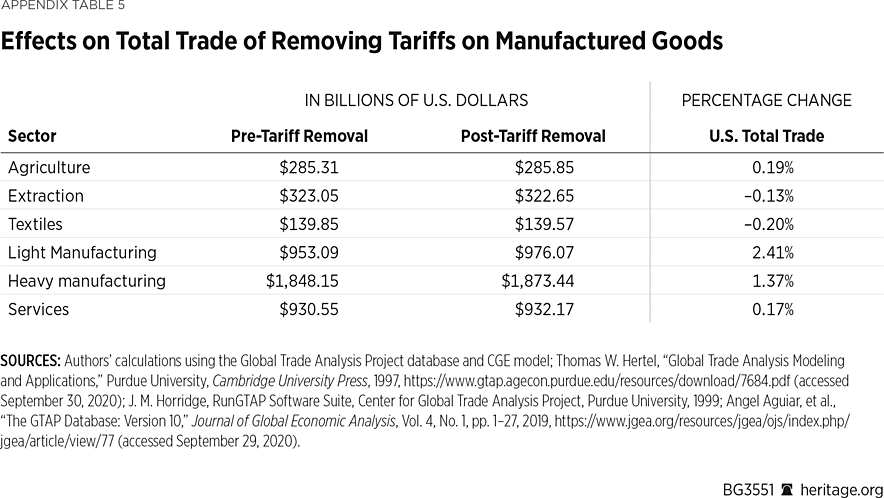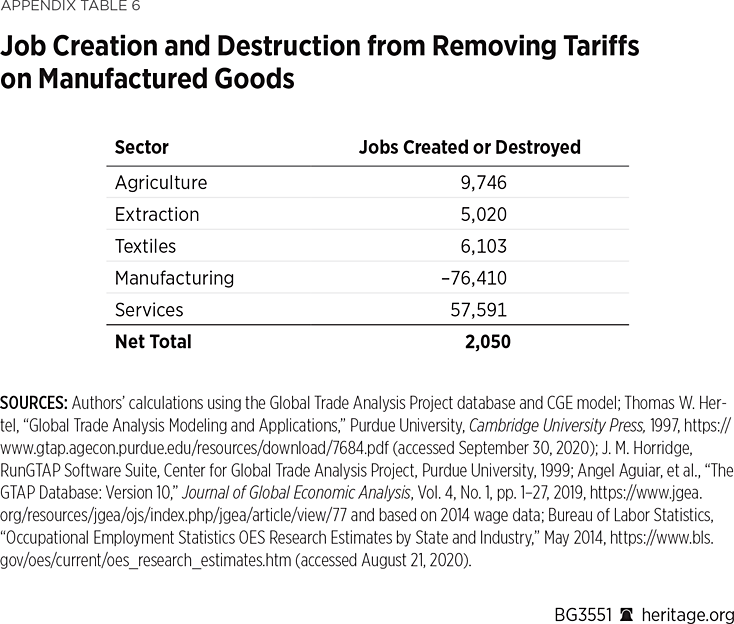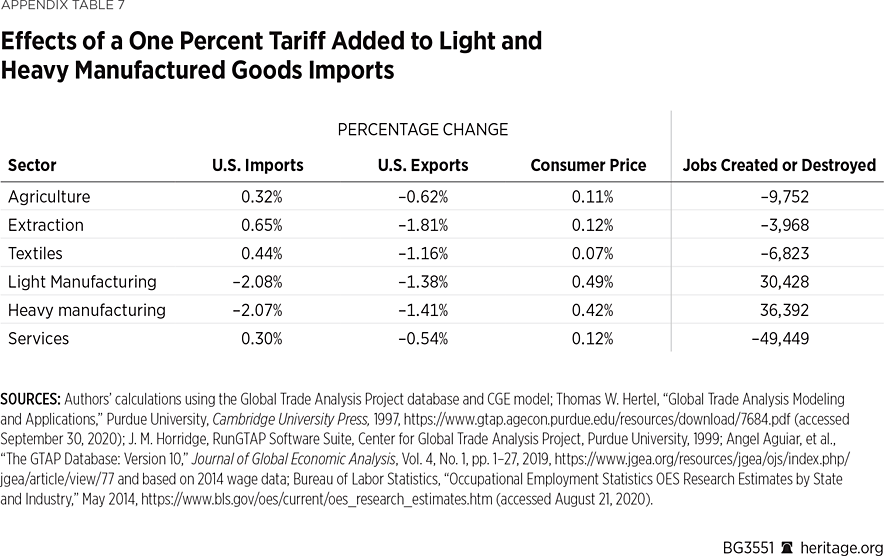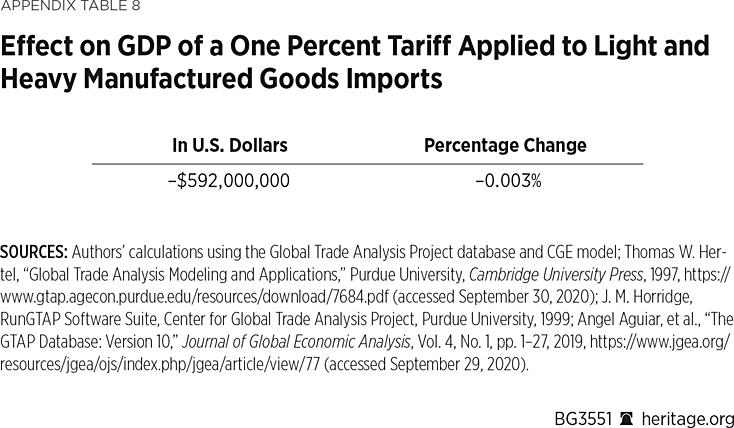The coronavirus pandemic and related shutdowns in the United States and around the world have led to the U.S. economy contracting at an unprecedented rateREF and an unemployment rate of more than 10 percent.REF As a result, Congress, with the support of the Administration, has so far enacted four coronavirus bills. Congress took some actions to ease regulations for businesses during the crisis,REF but ultimately the bills will increase the federal deficit by $2.1 trillion during fiscal year (FY) 2020.REF At the same time, these policies add to the growing national debt, which is already roughly 107 percent of U.S. gross domestic product (GDP).REF
On the other hand, this crisis has served as an opportunity to eliminate or temporarily suspend burdensome regulations, such as those that made it more difficult to use telemedicine.REF Congress and the Administration should search for additional ways to permanently eliminate red tape and make it easier for people to improve their lives. Cutting tariffs is a simple way for Congress to do just that.
Using the Global Trade Analysis Project (GTAP) databaseREF and a computable general equilibrium (CGE) model,REF this Backgrounder demonstrates the estimated effects of removing tariffs on manufactured goods imports.REF Permanently removing these tariffs—which are 1.1 percent on averageREF—would increase U.S. exports in all sectors, reduce prices paid by consumers, increase U.S. GDP, and create more and better-paying jobs.
All of these outcomes represent increased opportunity for millions of Americans to improve their living standards. American businesses would sell more, families would get more for their money, and people would be better off. Reducing or eliminating tariffs in other sectors should provide similar or better results because tariffs in other sectors are higher. Congress should start permanently cutting these tariffs today, starting with those on manufactured goods. The manufacturing sector has been at the forefront of the Administration’s trade agenda and would benefit measurably from tariff reduction.
Estimated Effects of Eliminating Manufactured Goods Tariffs
The United States has generally low tariff rates. In 2017, for example, the average tariff paid by Americans to buy from abroad was roughly 1.6 percent.REF Low tariffs give American families and businesses access to more competitively priced goods, whether those goods are made in the United States or imported from abroad. Americans also enjoy more options and greater innovation thanks to free trade.REF If the United States removed the tariffs that remain on the books, starting with tariffs on manufactured goods, these benefits would increase.
Using the Global Trade Analysis Project (GTAP) database,REF the manufacturing industry includes 17 goods-producing sectorsREF ranging from leather production to transport equipment production, with an average tariff rate of 1.1 percent.REF The authors modeled the effects of removing these low tariffs using a CGE model.REF These results demonstrate some of the benefits of removing tariffs on manufactured goods, including impacts on import prices, imports, exports, and consumer prices. More detailed results can be found in the Appendix. The following results are changes that could be expected within the year that the tariff removal is implemented:REF
- Price of imported manufactured goods decreases by over 2 percent. As supply chains have become more integrated, the lower price for imported manufactured goods could benefit all sectors. American companies that import manufactured inputs could increase production due to the decrease in costs as a result of the tariff removal. For example, zero tariffs on machinery and equipment imports (such as shovels, hoes, or parts for tractors) could decrease the prices farmers have to pay for their equipment. This would give farmers additional resources to reinvest in their businesses and ultimately lead to lower prices for consumers. The result is more economic growth, which means more jobs and higher living standards.
- Imports of manufactured goods increase but decrease in all other sectors. As removing tariffs on imported manufactured goods would make them cheaper, the U.S. manufacturing industry would increase imports of manufactured goods by almost 4.5 percent. In response, imports in all other sectors would slightly decline by an average of less than 0.5 percent. For example, a farmer may end up buying an American-made tractor that is now cheaper because the American tractor maker would now face lower input costs. These lower input costs allow the American business selling tractors to reduce prices, creating more competition and increasing exports. Again, when the tariff is removed, American families and business are left with additional resources to improve their living standards.
- U.S. exports increase in all sectors. The American manufacturing industry would see the greatest gains in terms of increased exports, with an increase reaching almost 3 percent.REF But the effects would ripple out to other sectors as well. Agricultural exports would increase by almost 1 percent. Exports in extraction—which covers forestry, fishing, coal, oil, gas, and minerals—would increase by almost 2 percent. Exports in textiles and services would increase by about 1 percent. These increases in exports are in response to the decreased costs in the integrated supply chains caused by the removal of tariffs on imported manufactured goods and would be seen by many American businesses. To keep up with these additional exports, American companies would need to either hire more workers or invest in more productive capital, both of which yields economic growth and higher living standards.
- Prices decrease for Americans. Manufactured goods prices would decrease by almost 1 percent, and prices of all goods would decrease on average by almost 0.25 percent. These tariff-free imports would make inputs such as metals (included in the manufacturing sector in the GTAP database) cheaper. For example, if a nail maker imports steel from Brazil, as that steel no longer has a tariff applied to it, the American nail maker could produce and export more nails by offering lower prices, which would also be seen by Americans at the hardware store. The result is that American families will have more money to cover daily expenses, save, or invest.
- Higher-paying jobs for Americans. Removing tariffs on manufactured goods would create jobs in the agriculture, extraction, textile, and services sectors. For example, the extraction sector—which includes forestry and logging, fishing, coal mining, oil and gas extraction, and other mining extraction—has the highest median salary at $49,775REF and would see over 5,000 jobs created. The services sector is the second highest paying sector at $40,719REF and would see almost 60,000 jobs created.
- Slightly fewer manufacturing jobs but more jobs overall. Though the manufacturing sector would see some job losses, job creation in other, often higher-paying sectors would increase. In the CGE model, results for sub-sectors of manufacturing—such as leather, wood, chemical, and coal products as well as motor vehicles and basic pharmaceuticals—are aggregated, so some jobs would be created in some sub-sectors despite an overall decrease in the aggregated manufacturing sector. Some may view the decrease in manufacturing jobs as a justification for keeping the tariffs in place, but in reality, removing the tariffs would force a shift in labor resources to more productive uses. This process yields economic growth, higher wages, and greater opportunity.
The tariff removal on manufactured goods would increase GDP by 0.002 percent, or $412 million annually, based on 2014 levels.REF The proper metric to determine the efficacy of a specific economic policy should be the impact on the overall economy over time and not on a specific industry, especially in the near term. By this standard, reducing tariffs is good policy.
Further, even if one wanted to bias the economy away from overall health and toward simply increasing manufacturing jobs, despite the collateral economic damage, tariffs are the wrong tool. Evidence shows, for instance, that increased tariffs in the manufacturing sector have created large negative effects (such as from higher input costs and retaliatory tariffs) that ultimately reduced manufacturing employment.REF To demonstrate these types of effects, we imposed a 1 percent tariff on manufactured goods in addition to the baseline tariffs.
Higher Tariffs Increase Jobs at a Significant Cost
Advocates of tariffs on manufactured goods argue that policies are needed to level the playing field for American manufacturers. The alleged goal is often to increase manufacturing jobs and bring back jobs and production that previously moved offshore. For example, since 1963, the United States has had a 25 percent tariff on light truck imports.REF American truck manufacturers claim they need this tariff to ensure a “level playing field,”REF even though it ultimately results in American consumers paying more for trucks. Similarly, the American Iron and Steel Institute stated that the 2018 tariff on imported steel “is critical to ensuring steel remains a vital asset for our national and economic security.”REF However, sustained job growth has not occurred in the industry as a result of the tariffs.REF
Using the same CGE modelREF and GTAP database,REF we modeled the effects of increasing tariffs on manufactured goods. A 1 percent tariff was applied to the baseline for both light manufactured goods imports and heavy manufactured goods imports, resulting in an average applied tariff rate of 2 percent.REF The model predicts that the tariff increase would add more than 66,000 jobs to the manufacturing sector.REF This result is not surprising because a higher tariff would depress imports of manufactured goods, increasing demand for those made domestically.
However, those jobs come at a significant cost to others in the economy. While the manufacturing industry gains jobs, the remaining sectors lose nearly 70,000 jobs for a net decrease of more than 3,000 jobs.REF The negative employment effect on the overall economy of imposing a 1 percent tariff is also greater than the positive employment effect of eliminating tariffs on the sector. Americans would also experience a decrease in GDP of $592 million,REF an increase in consumer prices for all goods, and a decrease in exports for all goods.REF
This negative effect on the economy can be attributed partly to a decrease in competition. Tariffs artificially raise the prices of imported products, which can make them more expensive than domestically produced goods. This price increase can discourage some businesses in the sector from innovating in ways that could help their competitiveness. If businesses are not innovative, they can maintain inefficient processes that prevent them from offering more competitive prices, higher quality products, or even better jobs.REF Therefore, the tariffs disincentivize innovation and allow businesses to maintain higher prices or suboptimal products.
Still, so long as the goods are somewhat substitutable with the imported products, more businesses will buy the domestically produced goods. It is possible that any resulting increase in sales can create jobs in the domestic manufacturing sector, but all businesses that must now purchase more expensive inputs will be faced with having to counter the increased input costs. In the model, the agriculture, extraction, textile, and service sectors realize these higher costs because they utilize manufactured goods. At the same time, exports from all sectors are negatively affected because of the decrease in U.S. competitiveness in foreign markets due to higher costs imposed by the tariffs.
Increasing jobs, while a noble goal, should not be the primary driver of trade policy. In fact, eliminating or imposing tariffs and other trade measures solely to create jobs in a particular sector is likely to have negative consequences for the broader economy. Americans are better served by a trade policy that promotes the freedom for individuals to make choices without government intervention.
A Pro-Growth Trade Agenda
Prior to the pandemic, the Trump Administration imposed tariffs on billions of dollars’ worth of imports from around the world. For example, the average tariff rate paid by Americans to buy from China increased from 3.1 percent in 2018 to 19.3 percent in 2020.REF Tariffs imposed by the U.S. act as a sales tax on American families and businesses that buy products or inputs from abroad. New tariffs imposed on imports have cost Americans nearly $70 billion since 2018REF and are estimated to reduce long-term GDP by 0.23 percent.REF
Removing these barriers would be a boon for the U.S. economy and a huge savings for the Americans who have been footing the bill. The tariffs imposed by the Trump Administration can be removed through executive action or if Congress amends the statutes used to implement the tariffs. Absent either of these actions, there is another option.
Congress routinely advances legislation to temporarily eliminate tariffs on certain imports through the Miscellaneous Tariff Bill and the Generalized System of Preferences. These programs are up for renewal in 2020 and typically receive overwhelming support.REF Congress should go further by permanently eliminating tariffs on all imports of manufactured goods.
Recommendations
Tariffs are a costly tax on American businesses and families. Cutting these burdensome taxes should be a cornerstone of any strategy to help people expand their economic opportunities, especially during the post-pandemic recovery.
To advance a pro-growth trade policy, Congress and the Administration should:
- Remove tariffs imposed since 2018. Tariffs imposed since 2018 have cost Americans nearly $70 billion and will have a long-term negative impact on GDP. These tariffs are sabotaging people’s efforts to improve their lives.
- Eliminate tariffs on manufactured goods. Eliminating a relatively small average tariff of 1.1 percent on these imports has valuable economic benefits, including a nearly 3 percent increase in manufactured goods exports and a decrease in prices for consumers.
- Renew tariff preference programs. The Miscellaneous Tariff Bill and Generalized System of Preferences temporarily eliminate tariffs for certain imports. These programs expire in December 2020 and should be renewed.
Conclusion
Trying to calibrate tariffs to achieve some politically defined optimal level of manufacturing would ultimately do far more harm than good—even in manufacturing. That happens for a number of reasons. Each rule and regulation imposed on consumers and businesses creates inefficiency and economic loss. Over time, these add up and result in fewer resources to purchase goods or to save and invest. Further, such a system necessarily isolates certain favored companies and sectors from competition, which removes incentives to invest in new technologies or products. At the same time, it gives special government privileges to firms that would otherwise not be competitive. This dynamic ultimately leaves Americans with fewer jobs, lower wages, higher prices, and less choice.
The Administration and Congress have the choice not to take such a path. The positive economic effects of cutting tariffs are undeniable. As shown in this model, an average tariff rate cut of 1.1 percent on manufactured goods would increase trade—including U.S. exports—and reduce costs for American families and businesses. Congress and the Administration should start cutting tariffs today, beginning with those on manufactured goods.
Tori K. Smith is Jay Van Andel Trade Economist in the Thomas A. Roe Institute for Economic Policy Studies, of the Institute for Economic Freedom, at The Heritage Foundation. Gabriella Beaumont-Smith is Policy Analyst in Macroeconomics in the Center for Data Analysis, of the Institute for Economic Freedom.
Appendix: Methodology and Results Tables
CGE models are systems of equations that describe the incentives and behaviors of producers and consumers in an economy and the linkages between them.REF This idea is known as a circular flow and is the combination of private household demand, government demand, and investor demand that is met by firms, which complete the flow of income and spending by buying inputs, hiring workers, and employing capital that is used in their production processes.REF
We use the GTAP database to develop a small six-sector and three-factor database for 2014 for the United States and an aggregated rest-of-world region. The sectors are agriculture, extraction, textiles, light manufacturing, heavy manufacturing, and services, and the three factors of production are land, labor, and capital, which are in fixed supply.
In the CGE model, tariffs are removed (and later added) on light and heavy manufactured goods to assess the impact on consumer prices, import prices, trade flows, and GDP. A shock—that is, the tariff removal (or application)—creates a disequilibrium that changes the economy in the model. The tariff removal is expected to decrease consumer prices and increase consumer demand, decrease the import price of manufactured goods imports and in turn increase manufactured goods imports, increase domestic production to meet the increase in consumer demand (which could increase exports), and increase GDP. The opposite is the case for the tariff application, but in both cases, the new values, which are the changes from the base rate (2014), represent the new equilibrium where quantities of supply and demand are again equal at a new set of prices.
The model is static, which does not provide insight into the economy’s dynamic adjustment process.REF Static models show the before and after of an economy when a shock is imposed.REF For example, in our experiment, the tariff removal is a shock that causes the reallocation of productive resources in more efficient ways.
In order to calculate the employment numbers, the GTAP database industries were mapped to the North American Industry Classification System (NAICS).REF There are 65 industriesREF in the GTAP databaseREF that were aggregated into six sectors: agriculture, extraction, textiles, light manufacturing, heavy manufacturing, and services. Once each GTAP industry was mapped to a NAICS sector, median salary data from the Bureau of Labor Statistics broken down by NAICS for 2014REF was matched with each GTAP industry. Then an average of salaries was taken to create averages for the six aggregated sectors. Finally, the output results from the CGE model were divided by the salaries of each aggregated sector to calculate the job gains and losses.
